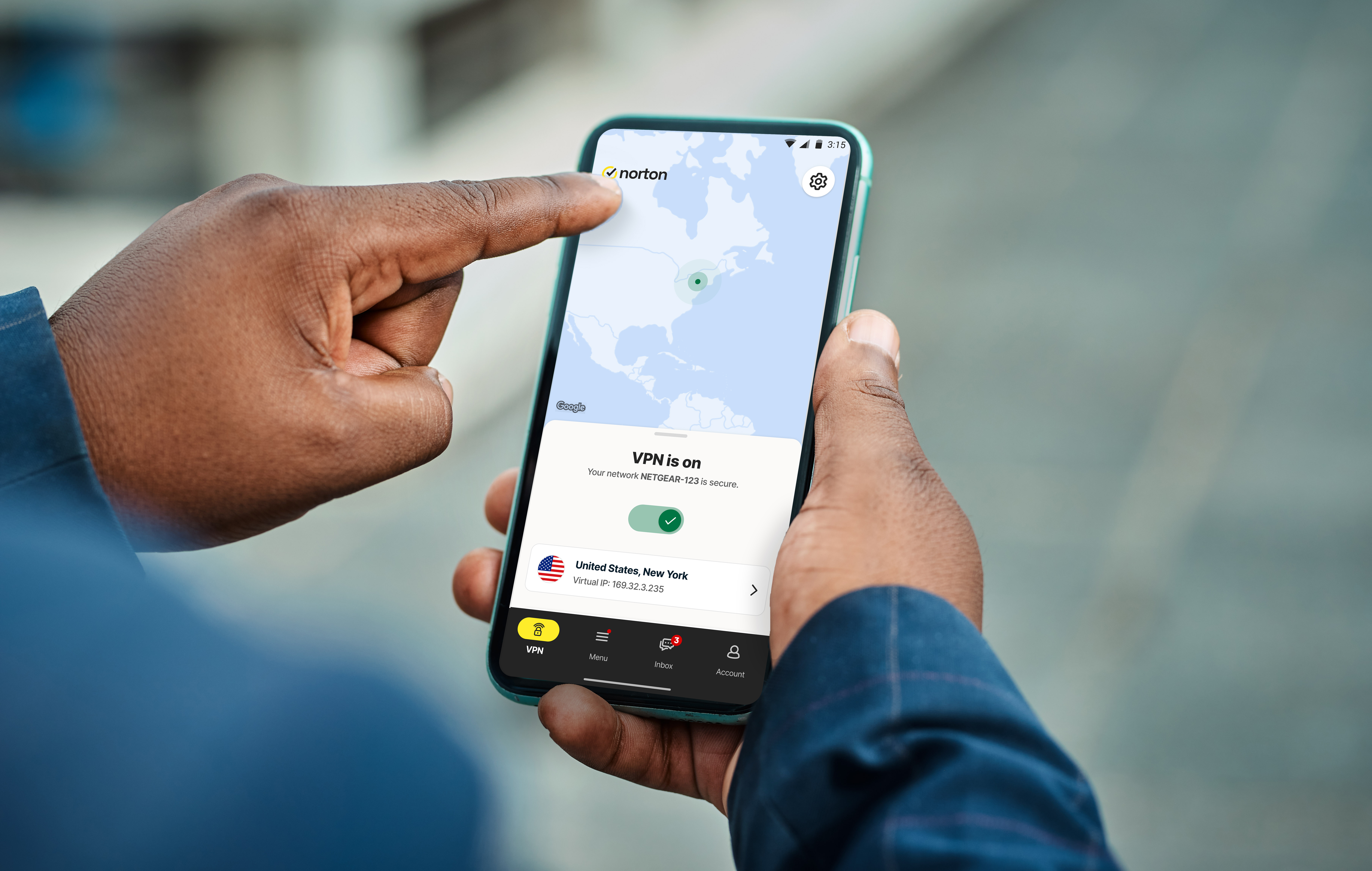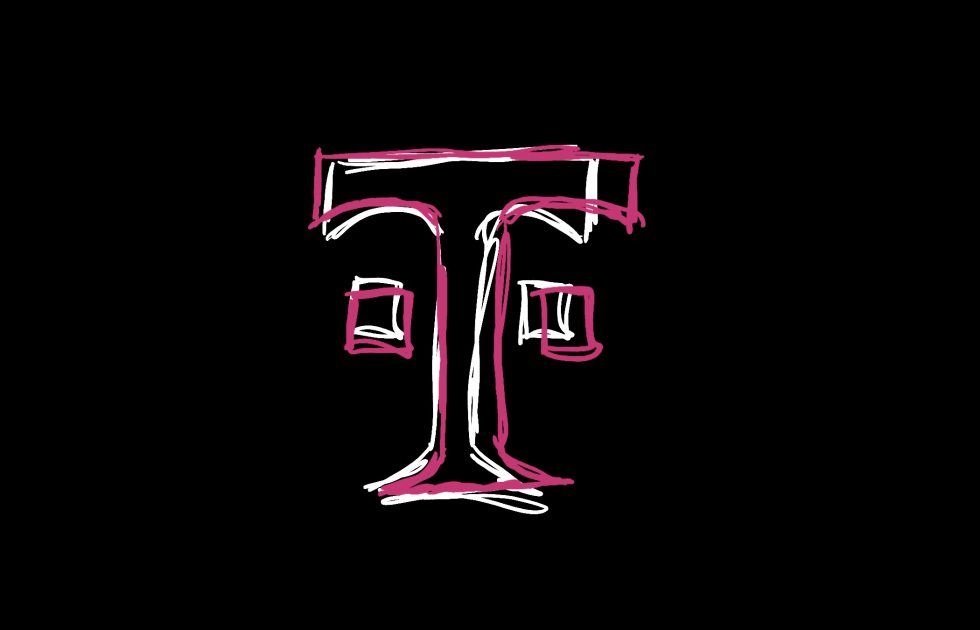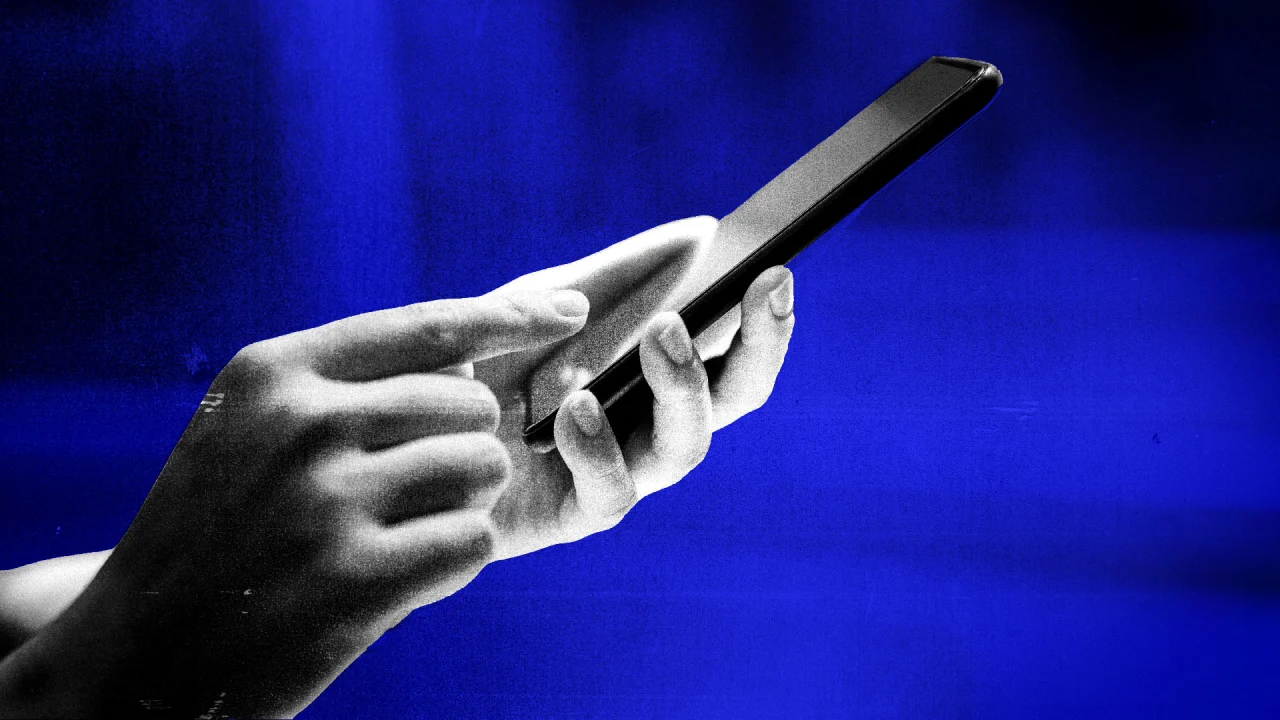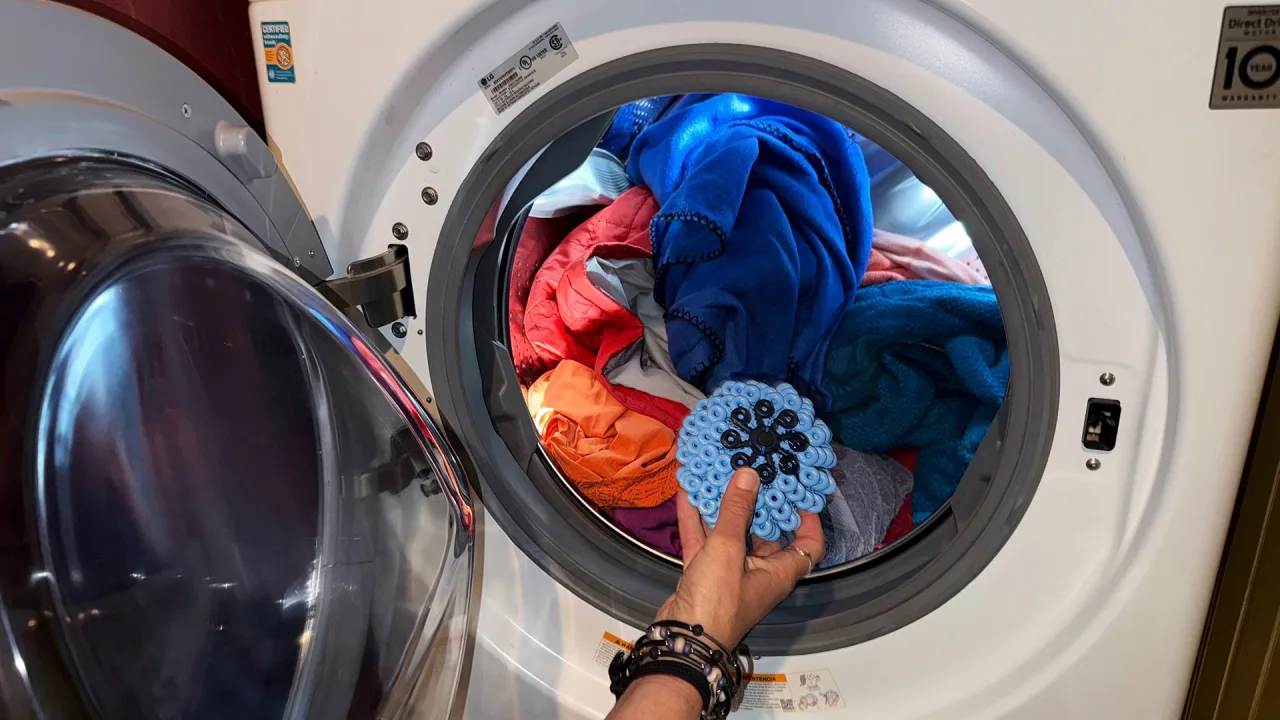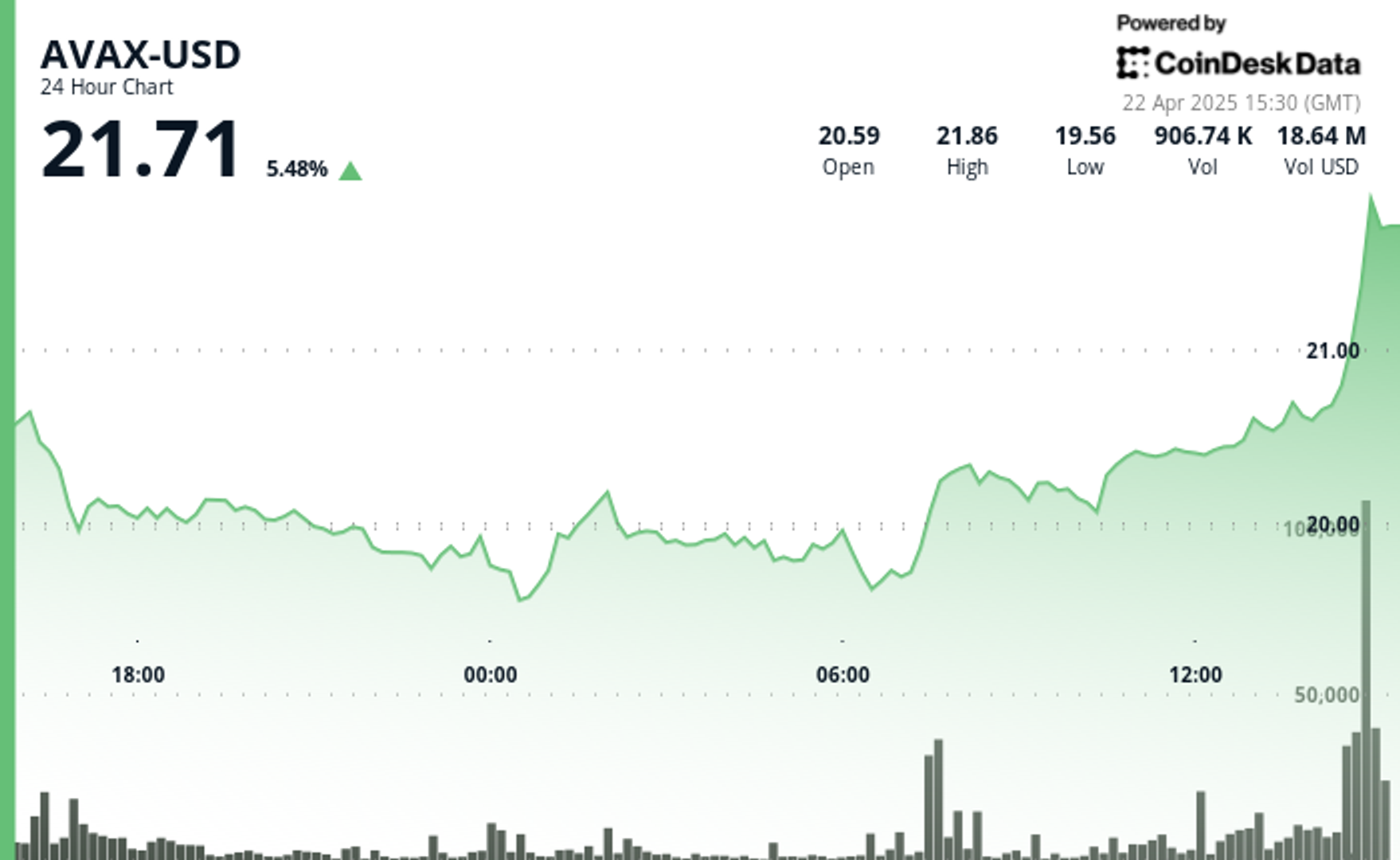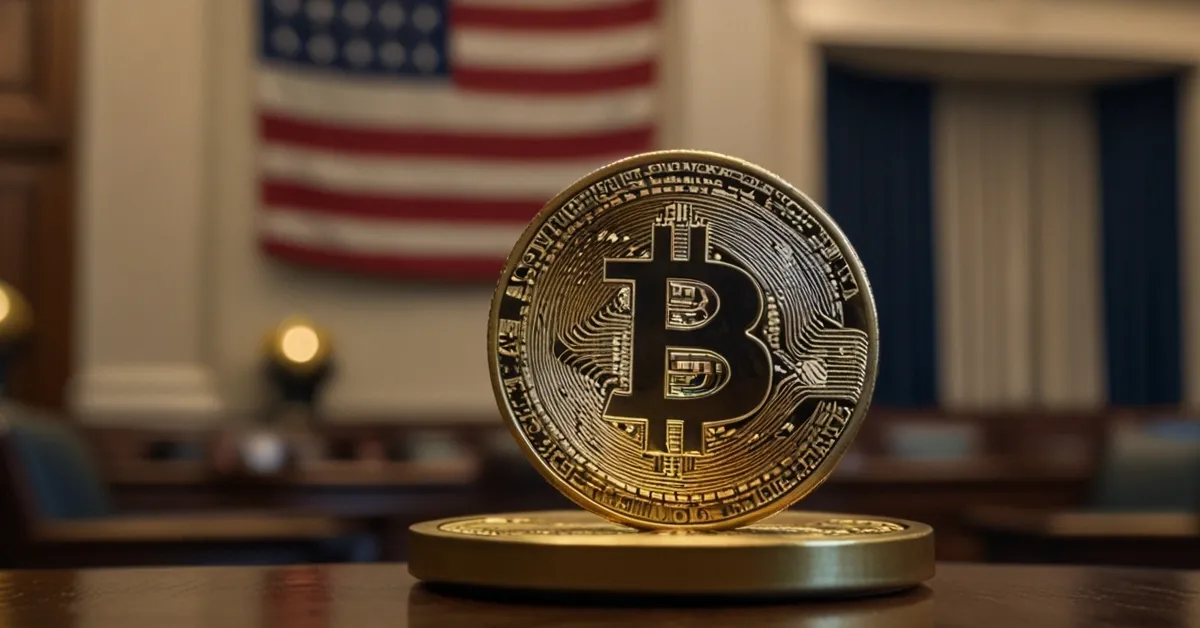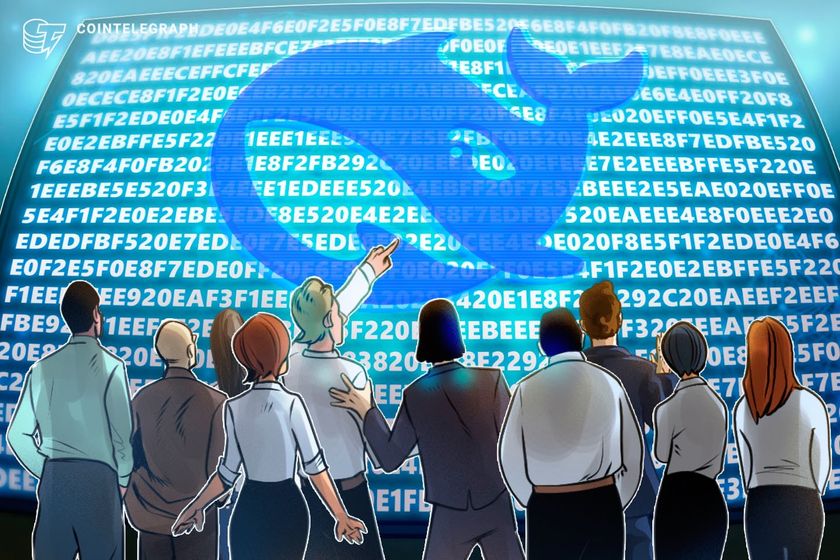The brain doesn’t learn how we thought it does, new study reveals
Every time you master a new recipe, remember a phone number, or finally figure out how to fold a fitted sheet, your brain is learning. … The post The brain doesn’t learn how we thought it does, new study reveals appeared first on BGR.

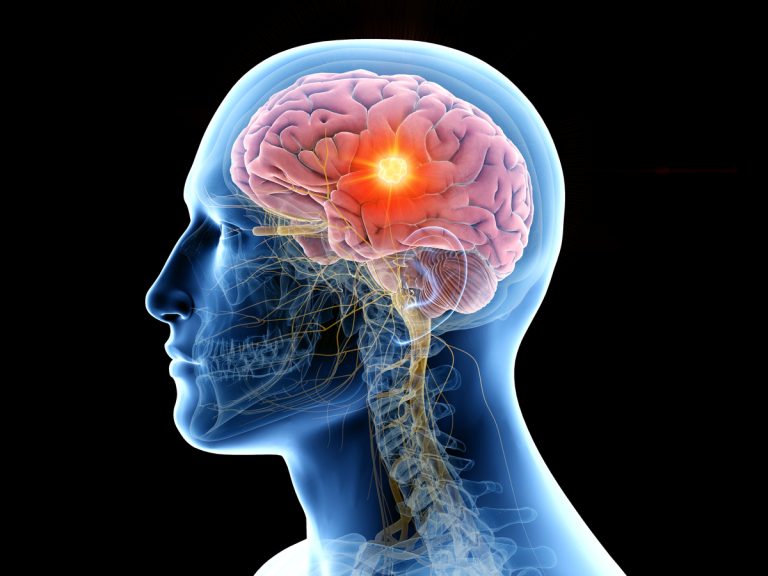
Every time you master a new recipe, remember a phone number, or finally figure out how to fold a fitted sheet, your brain is learning. But new research shows that the brain learns in a more complex and clever way than scientists once thought.
For decades, neuroscience was grounded in a simple rule: “neurons that fire together, wire together.” This idea, known as Hebbian learning, suggested that when two neurons activate at the same time, their connection strengthens. This was believed to be the primary engine behind memory and learning, guiding everything from how we remember birthdays to how we ride a bike. But a new study published in Science just rewrote the rulebook. Researchers at Stanford University tracked how individual synapses, which are tiny connections between neurons, behave during learning.
Using glowing biosensors in mice, they watched in real time as the animals learned a basic task involving sound cues and a lever. What they found was that not all synapses follow the same learning rules.
While some connections strengthened according to the classic Hebbian model, others changed completely independently. In fact, different branches of the same neuron used entirely different strategies at the same time. This shows that how the brain learns isn’t uniform at all.
This discovery not only deepens our understanding of learning but also has major implications for mental health. Disorders like depression may stem from the weakening of key neural connections. If we better understand how the brain learns at the synaptic level, we might also learn how to repair or rebalance those connections with targeted treatments.
There’s also an AI angle here. Most artificial neural networks use one-size-fits-all learning rules. But the brain doesn’t work that way. This research could inspire smarter, more efficient machine learning systems that mimic the brain’s flexible, multi-rule approach to learning.
Of course, there’s still much to discover. Why do different synapses follow different rules? What other capabilities might this give the brain? Scientists don’t have all the answers yet, but considering we just learned how memories work… it’s not much of a stretch to think we still have a long way to go.
The post The brain doesn’t learn how we thought it does, new study reveals appeared first on BGR.
Today's Top Deals
- TORRAS Ostand R Air iPhone Case: Aerospace-Grade Protection That’s As Light As Air
- Today’s deals: $269 iPad 10, $50 WiFi 6 router, $80 Ninja portable blender, $998 Samsung 85-inch TV, more
- Today’s deals: $8.50 bed pillows, $15 security camera, $200 Shark vacuum, 43% off Coldest tumblers, more
- Today’s deals: $739 Apple Watch Ultra 2, 20% off LG OLED TVs, $160 Ninja Crispi air fryer & microwave, more
The brain doesn’t learn how we thought it does, new study reveals originally appeared on BGR.com on Tue, 22 Apr 2025 at 11:24:00 EDT. Please see our terms for use of feeds.
.jpg)








































































































































































![[The AI Show Episode 144]: ChatGPT’s New Memory, Shopify CEO’s Leaked “AI First” Memo, Google Cloud Next Releases, o3 and o4-mini Coming Soon & Llama 4’s Rocky Launch](https://www.marketingaiinstitute.com/hubfs/ep%20144%20cover.png)















































































































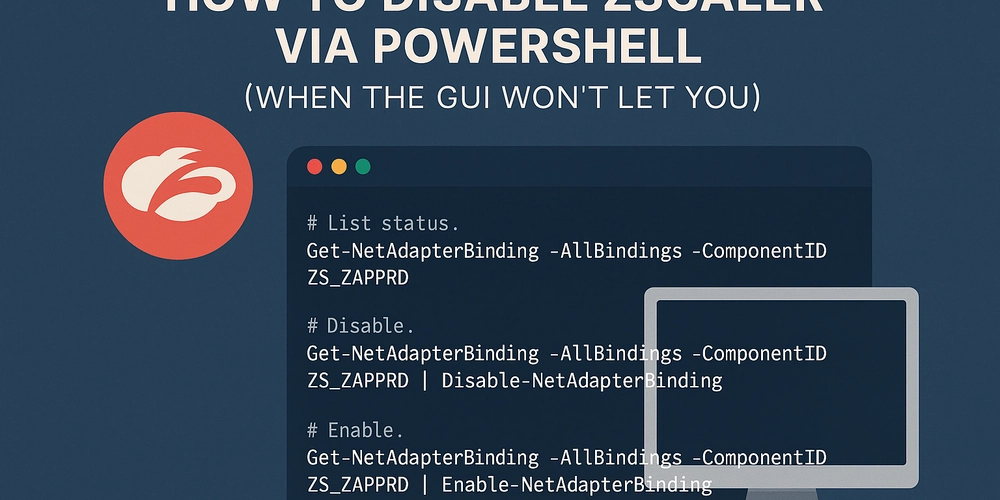

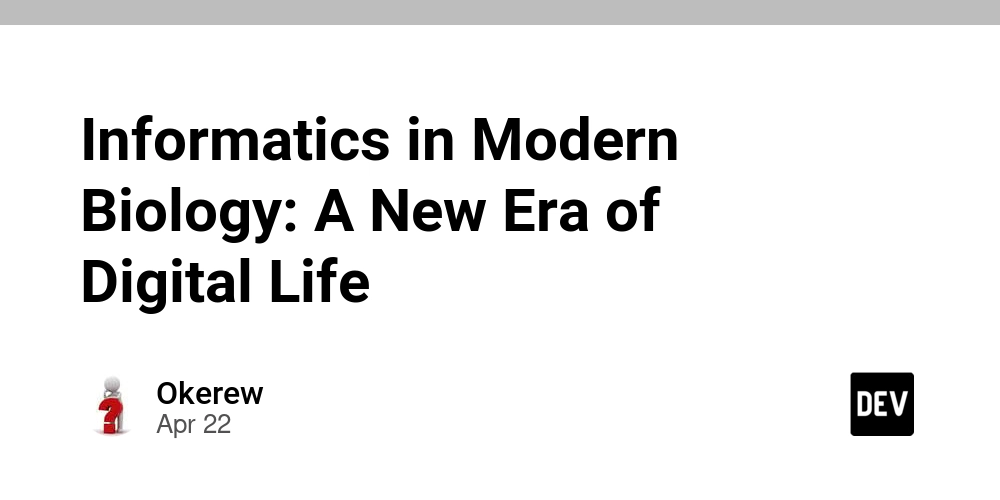
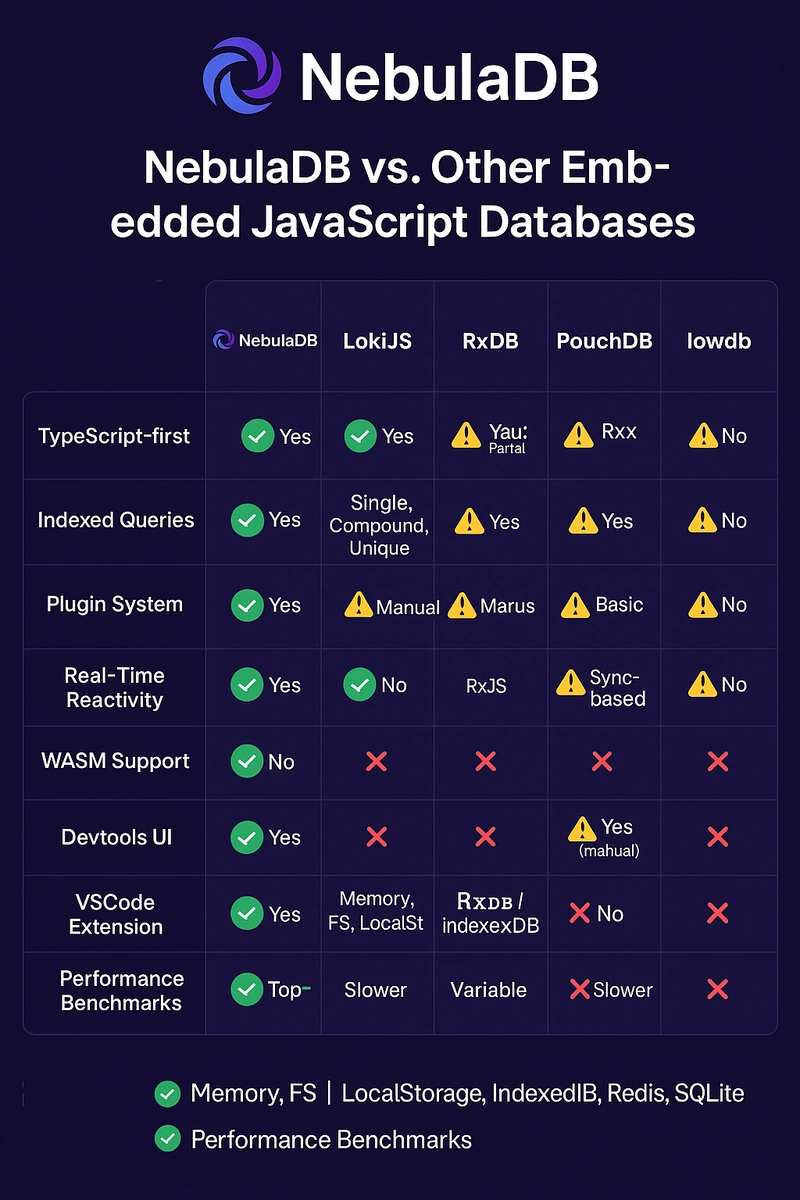





































![BPMN-procesmodellering [closed]](https://i.sstatic.net/l7l8q49F.png)




















































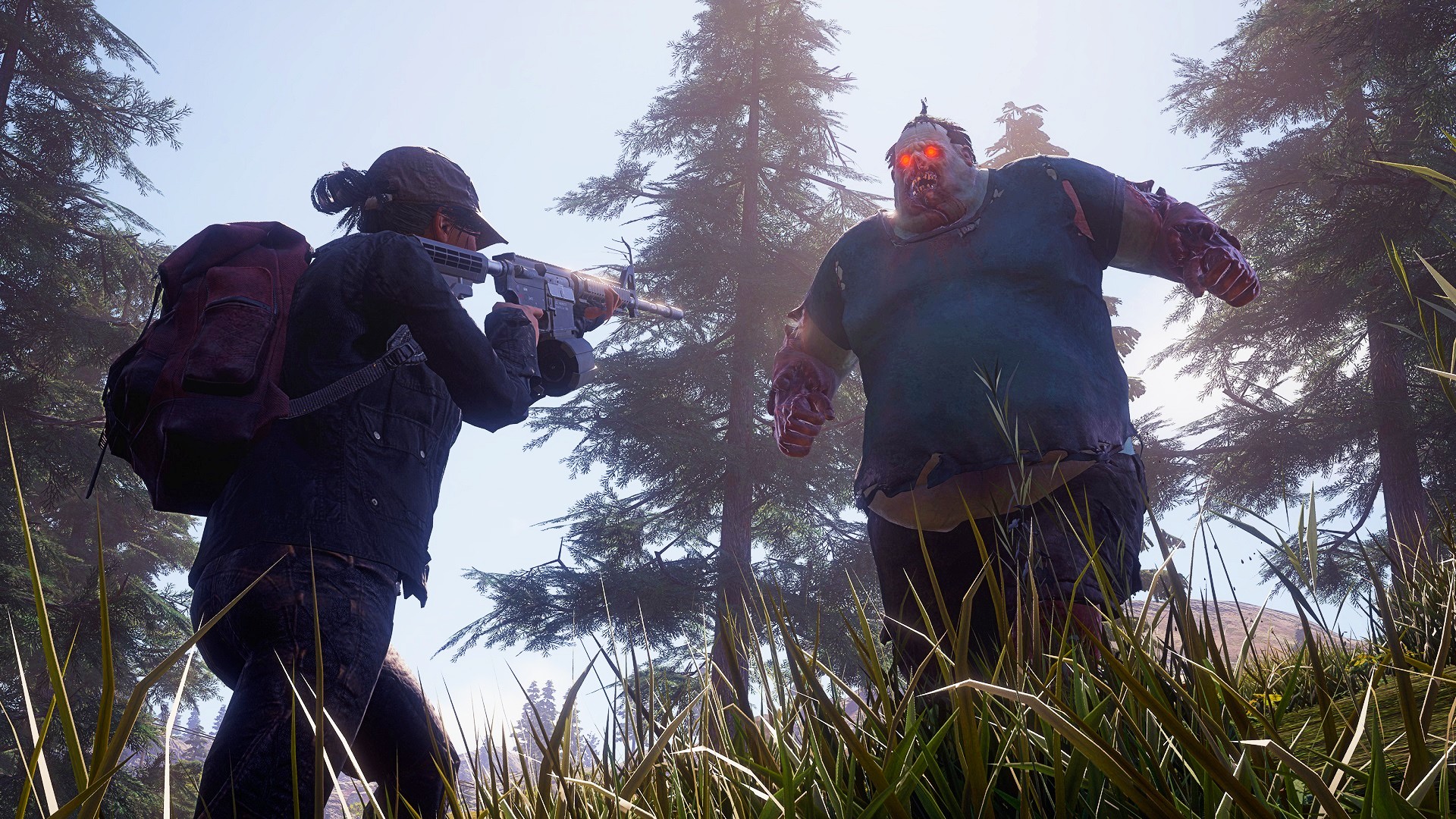















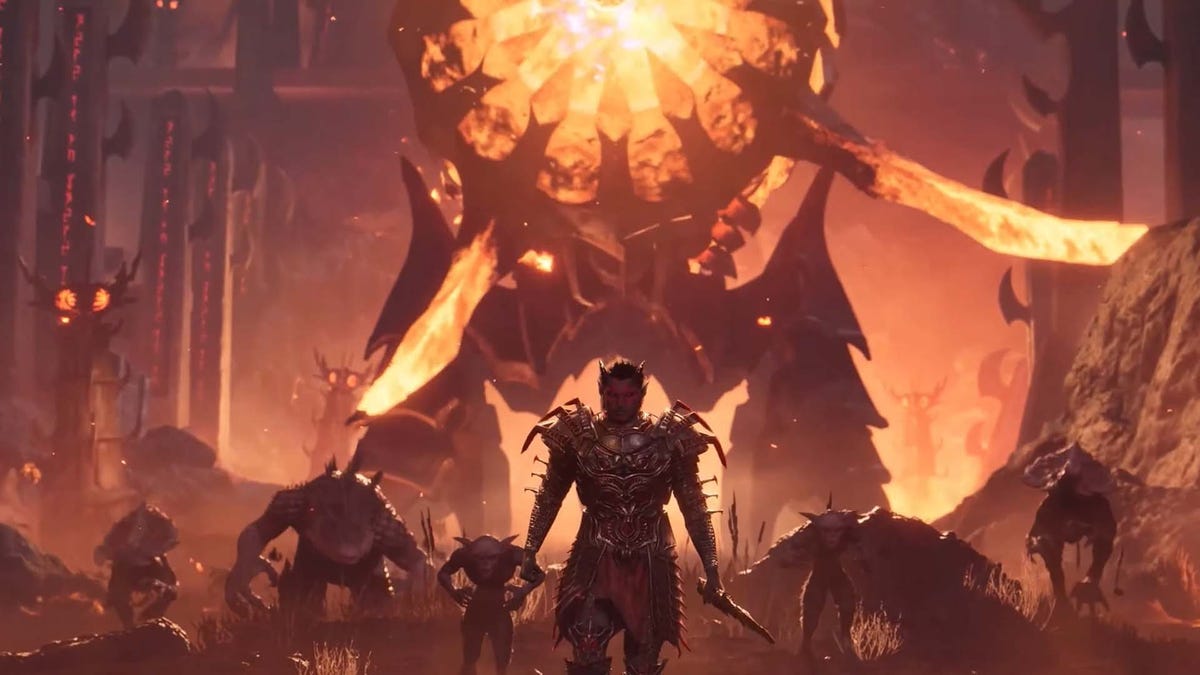




















-All-will-be-revealed-00-35-05.png?width=1920&height=1920&fit=bounds&quality=70&format=jpg&auto=webp#)
-All-will-be-revealed-00-17-36.png?width=1920&height=1920&fit=bounds&quality=70&format=jpg&auto=webp#)
-Jack-Black---Steve's-Lava-Chicken-(Official-Music-Video)-A-Minecraft-Movie-Soundtrack-WaterTower-00-00-32_lMoQ1fI.png?width=1920&height=1920&fit=bounds&quality=70&format=jpg&auto=webp#)













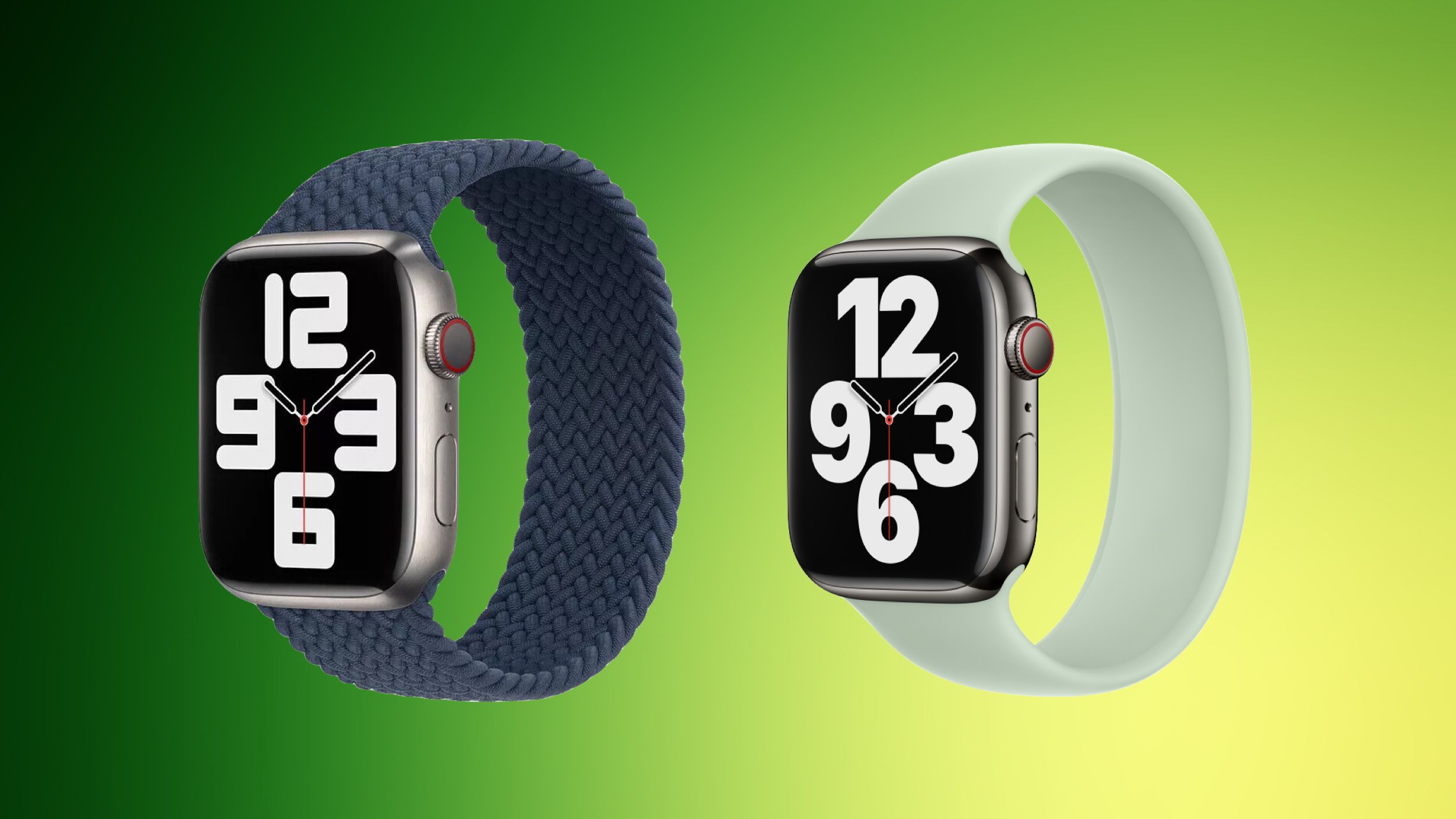










_Weyo_alamy.png?width=1280&auto=webp&quality=80&disable=upscale#)
_Brain_light_Alamy.jpg?width=1280&auto=webp&quality=80&disable=upscale#)







































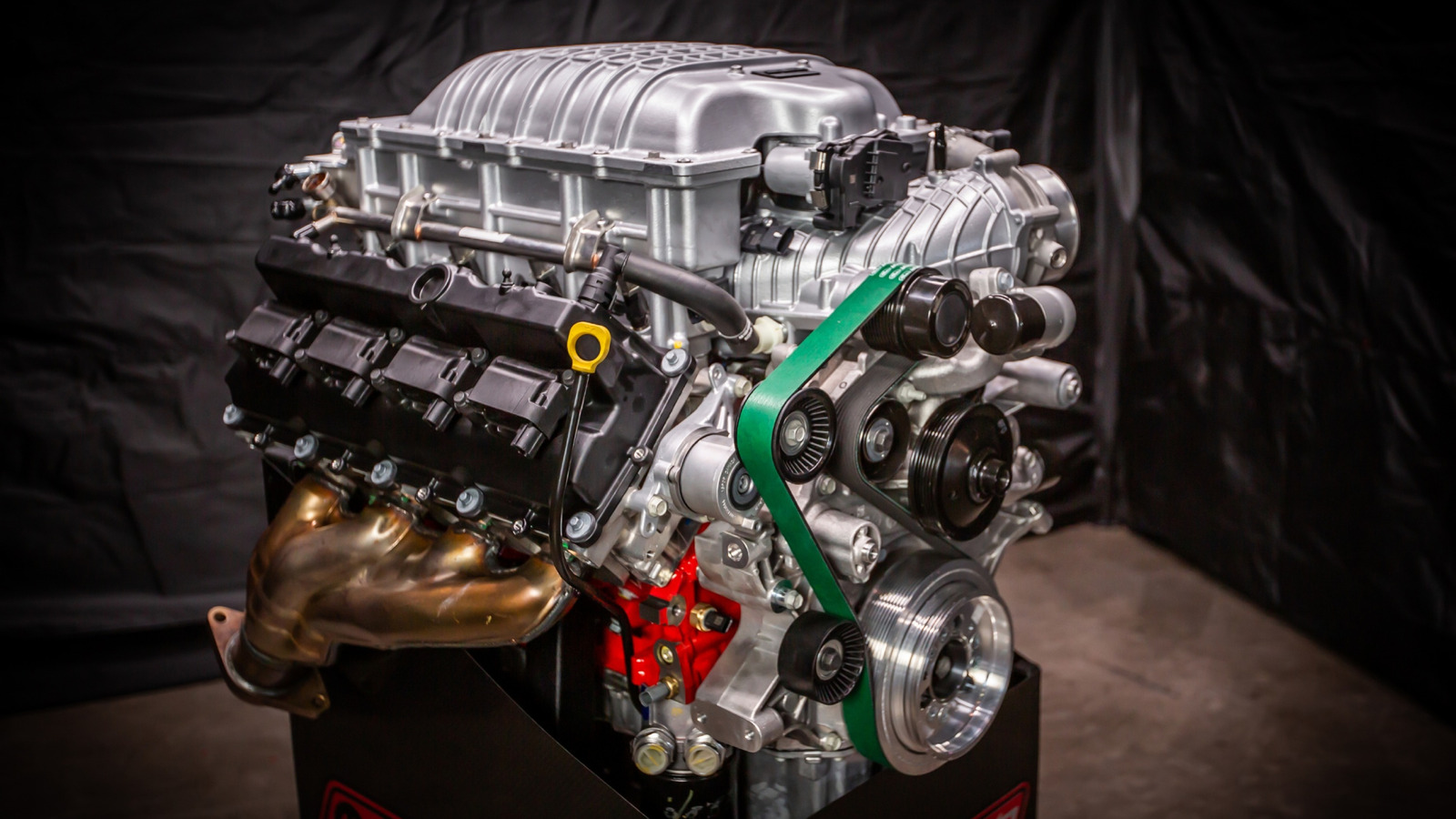

































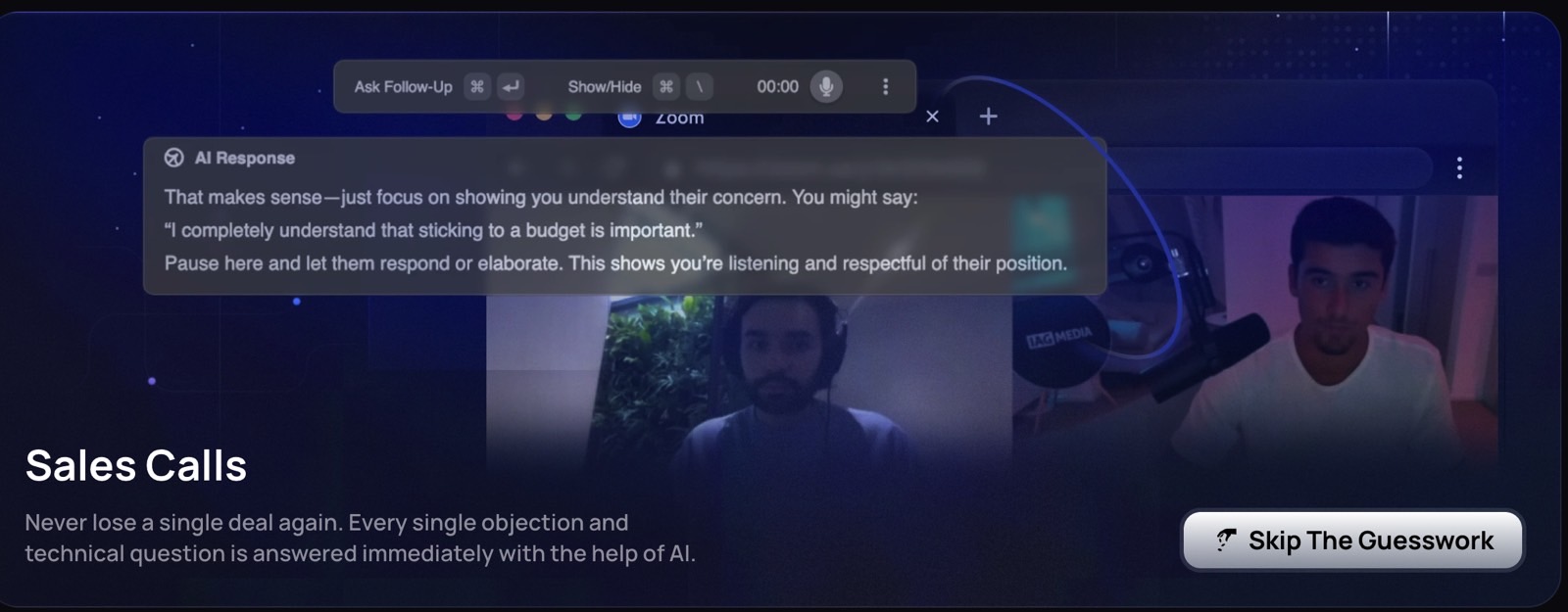


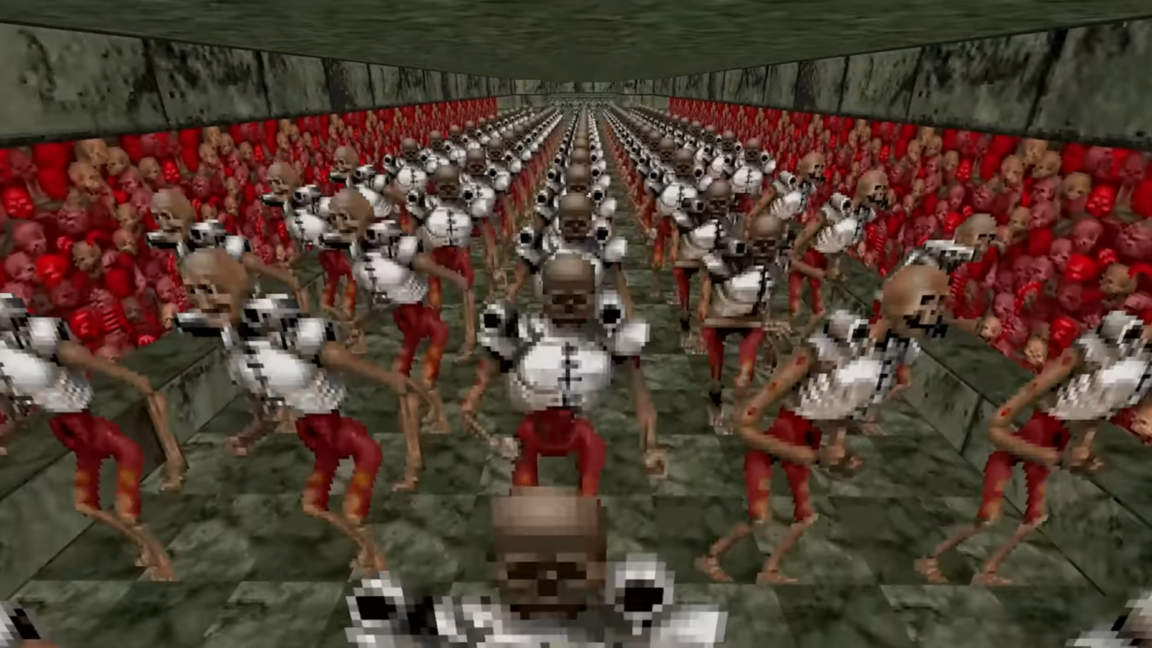

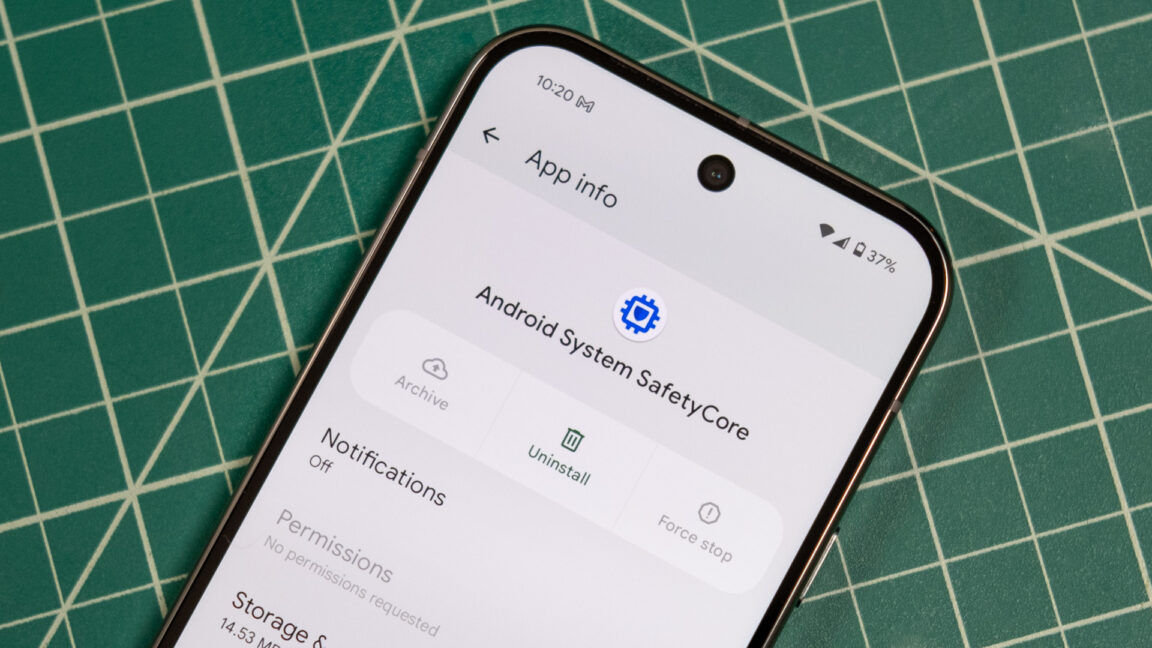


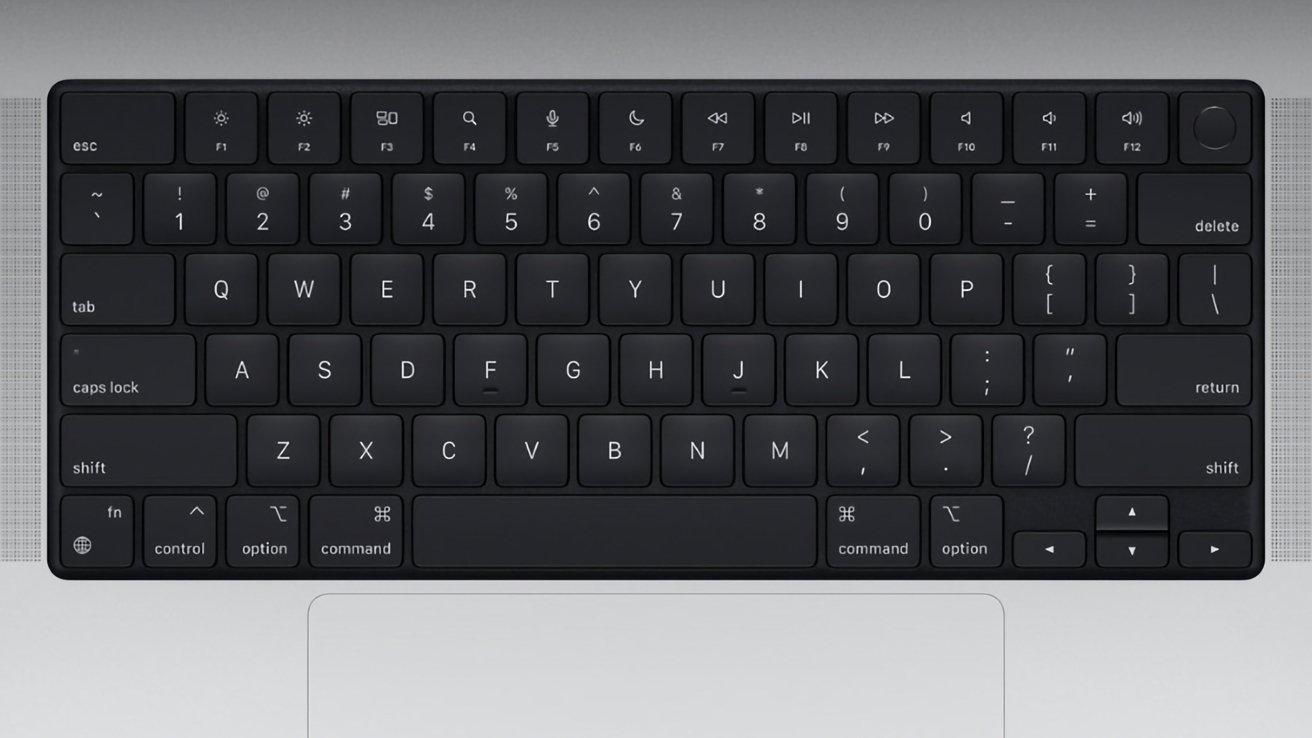


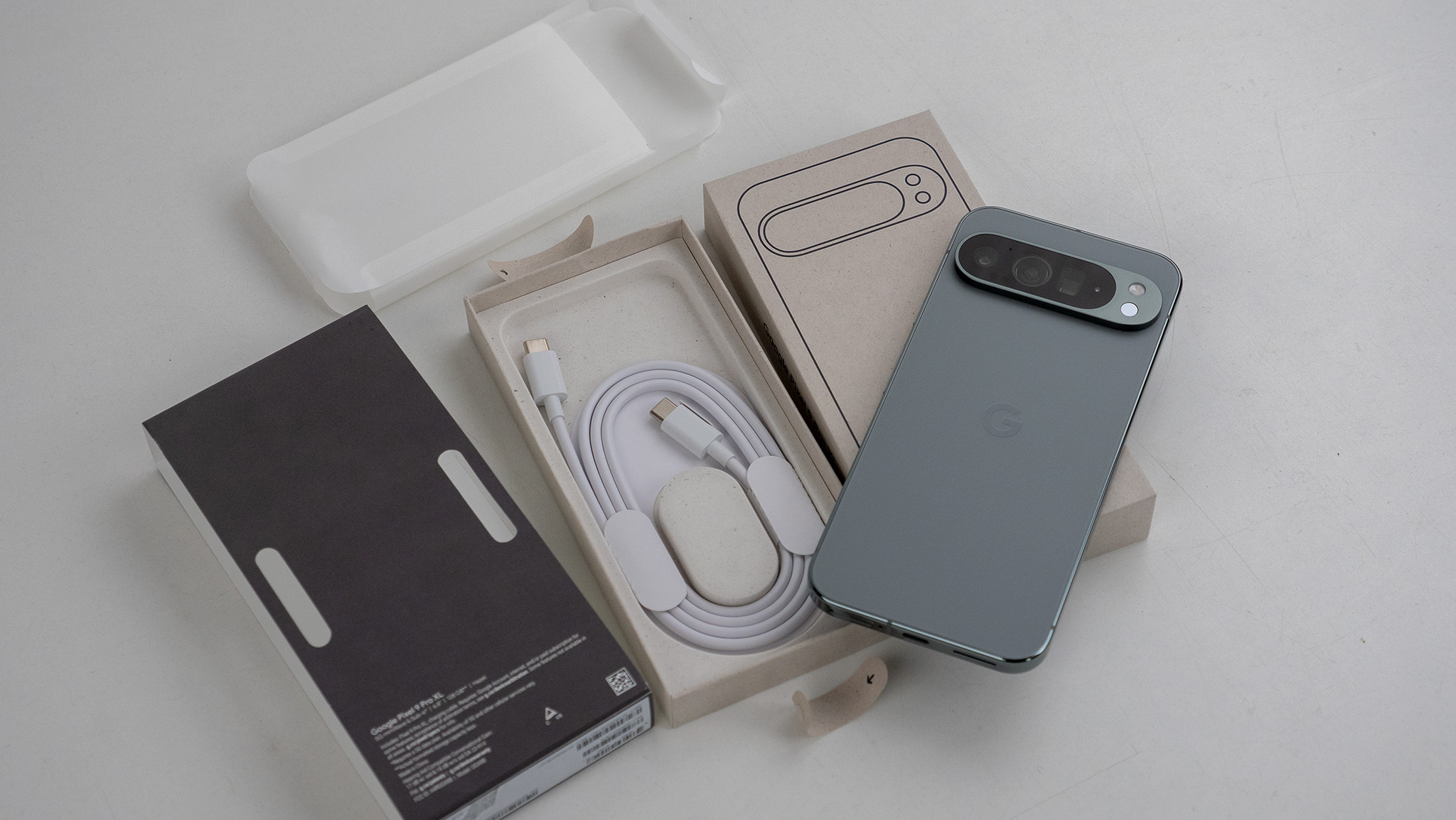
























![Apple Releases Public Beta 2 of iOS 18.5, iPadOS 18.5, macOS Sequoia 15.5 [Download]](https://www.iclarified.com/images/news/97094/97094/97094-640.jpg)

![New M4 MacBook Air On Sale for $929 [Lowest Price Ever]](https://www.iclarified.com/images/news/97090/97090/97090-1280.jpg)
![Apple iPhone 17 Pro May Come in 'Sky Blue' Color [Rumor]](https://www.iclarified.com/images/news/97088/97088/97088-640.jpg)















